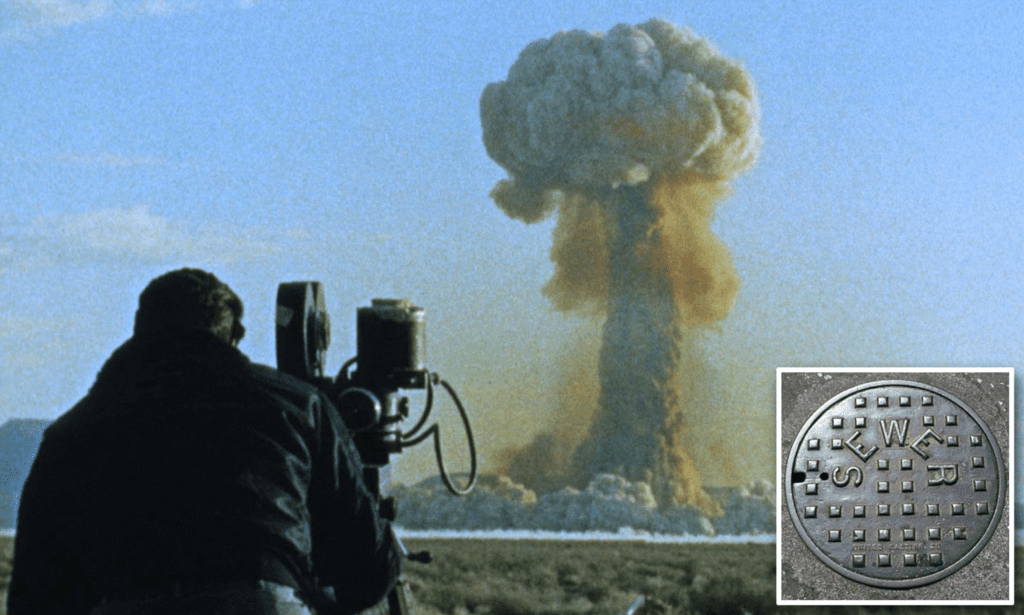In the world of space exploration, most people point to October 1957 as the starting point. That was when the Soviet Union launched Sputnik, the first artificial satellite to orbit the Earth. But a few months earlier, in a remote corner of the Nevada desert, something extraordinary may have happened something that challenges the official timeline.
During a U.S. nuclear test in 1957, a steel plate, often described as a “flying manhole cover,” was blasted into the sky at an estimated speed of 125,000 miles per hour. The object disappeared without a trace, and to this day, no one knows exactly where it went. But one thing is certain it just might have been the first human-made object to leave Earth’s atmosphere.
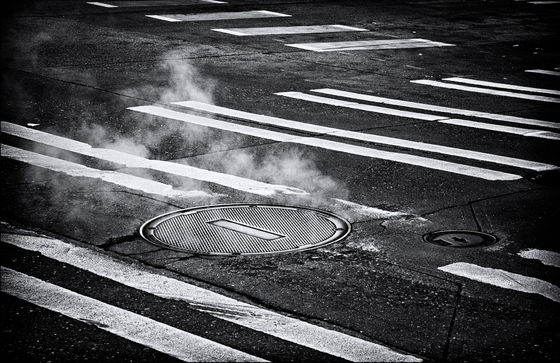
Operation Plumbbob and the Unintentional Experiment
The bizarre event took place during Operation Plumbbob, a series of nuclear tests conducted by the United States at the Nevada Test Site. One of these tests, known as “Pascal-B,” involved detonating a nuclear device deep within an underground shaft. At the top of the shaft was a steel cap essentially a heavy manhole cover intended to seal the opening.
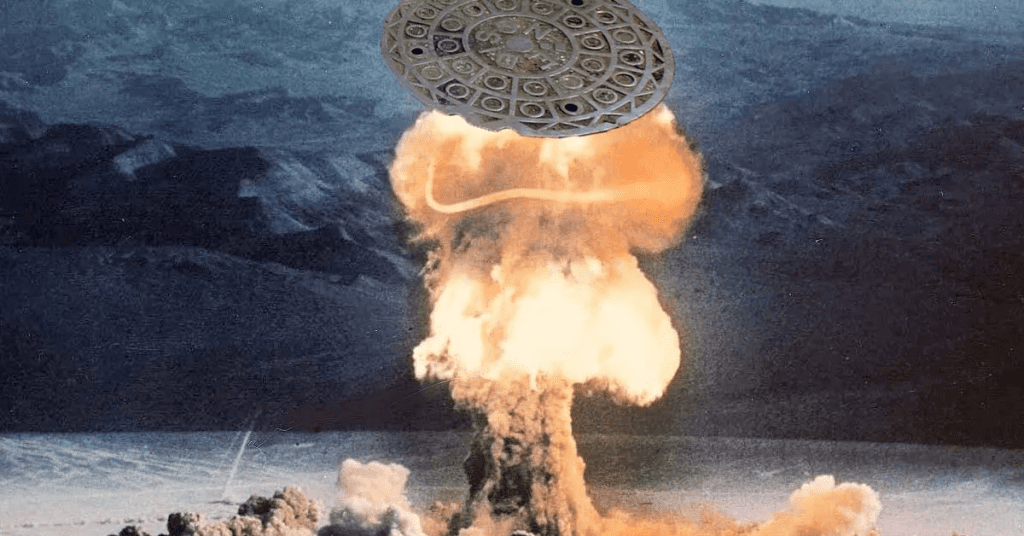
Physicist Dr. Robert Brownlee, who was involved in the test, later described what happened next as something out of science fiction. When the bomb went off, the explosion generated immense pressure in the shaft. The steel plate on top was essentially sitting above a cannon pointed straight upward—and the “bullet” was about to fire.
High-speed cameras were positioned to record the event. They captured the cap in a single frame before it vanished completely. That was all anyone ever saw of it.
Video:
Did a Nuclear-Powered Manhole Cover Really Reach Outer Space Before Sputnik
The Physics Behind the Phenomenon
According to calculations, the steel cap was launched at an astonishing speed up to six times the escape velocity of Earth. For context, to escape Earth’s gravity and reach space, an object must travel at roughly 25,000 miles per hour. The manhole cover may have reached speeds five times greater.
Dr. Brownlee later admitted that the cap almost certainly burned up in the atmosphere due to air resistance and friction. However, because no trace of the object was ever found, the possibility that it escaped Earth’s pull and entered space remains a tantalizing mystery.
Even though the cap was not designed for spaceflight and lacked any form of guidance, shielding, or propulsion, the raw power of the nuclear explosion may have been enough to give it a brief and accidental place in the history of space exploration.
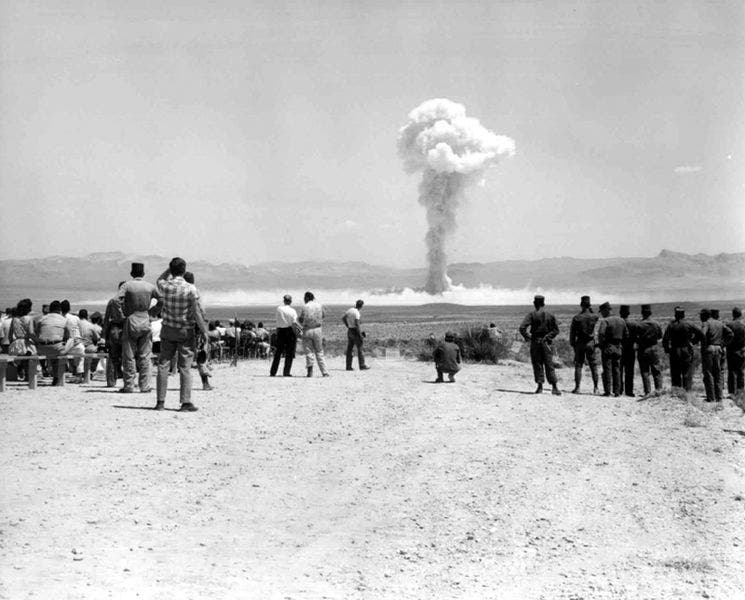
An Unofficial First in the Space Race?
If the steel plate did indeed leave Earth, it would predate Sputnik by several months. However, it was never tracked, observed in orbit, or recovered. Without solid evidence, it cannot officially claim the title of “first human object in space.”
Video:
That Time a Nuclear Test Accidentally Launched a Man into Space”
Still, the story raises fascinating questions about the nature of early nuclear testing and the unexpected consequences of raw experimental power. It also reminds us that space history is full of surprising moments and strange contenders.
While the steel cap was no satellite, it was undeniably a product of human ingenuity and force. Its brief, fiery ascent was likely unintentional but that does not make it any less remarkable.
Legacy and Legend
The “flying manhole cover” has become something of a legend among physicists and science enthusiasts. It represents the strange overlap between nuclear physics, engineering, and space science. Dr. Brownlee himself was amused by the possibility, noting that although the event was never meant to be a space launch, it could have accidentally achieved what would later take years of focused research and technology.
Today, the event is remembered as a curious footnote in both the nuclear era and the early days of space exploration. It may not have changed the course of history, but it adds color to our understanding of how unpredictable and explosive scientific discovery can be literally.
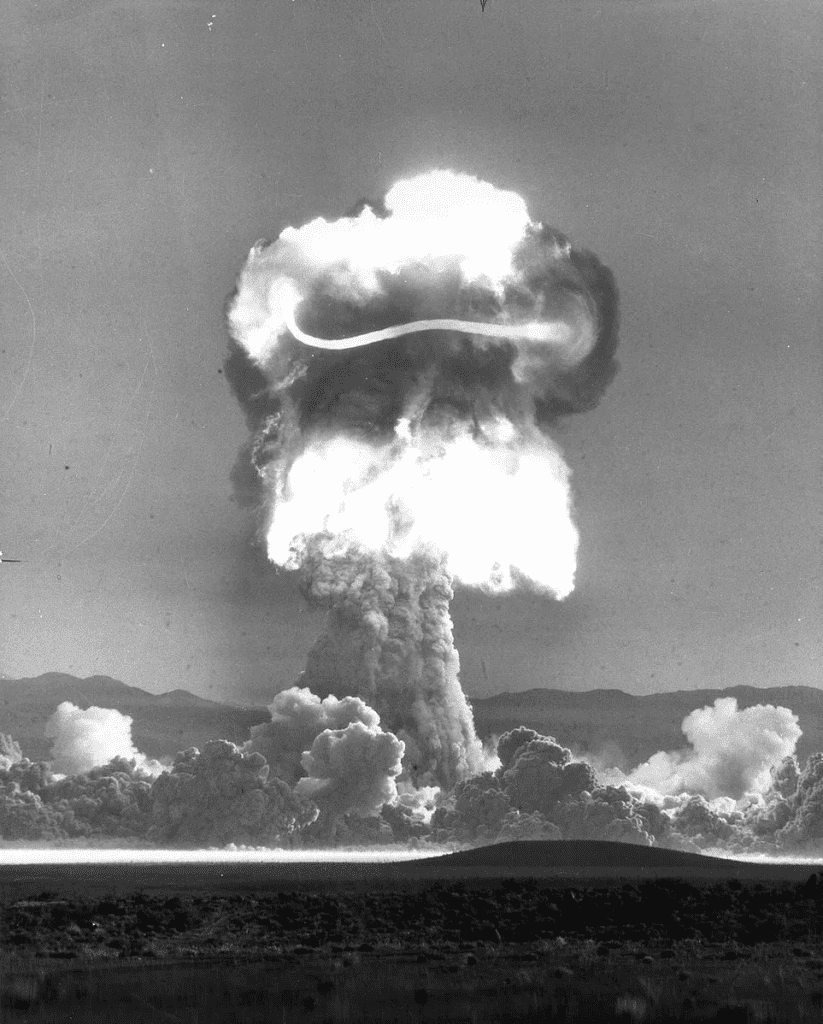
Conclusion: More Than Just a Manhole Cover
While the true fate of the steel plate will likely never be known, its story lives on as a testament to the unpredictable nature of science and experimentation. Whether it disintegrated in the atmosphere or became the first human-made object to drift into space, it reminds us that sometimes, history is written in the most unexpected moments.
Before satellites, rockets, and moon landings, there was a steel cap, a nuclear blast, and a question mark hurtling through the sky.
